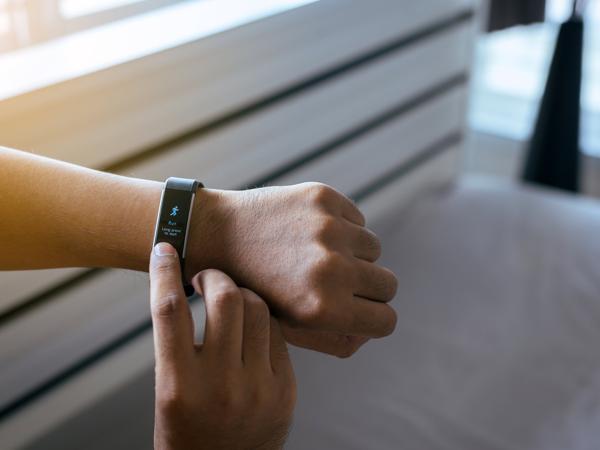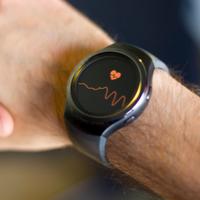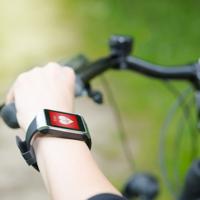In recent years, continuous glucose monitors (CGMs) have become more accessible and popular, expanding beyond their original intended audience—those managing diabetes. Now, people without diabetes are also turning to CGMs, curious about what insights these devices can provide about their health and lifestyle.
What are Continuous Glucose Monitors?
Continuous glucose monitors are small devices that track your blood glucose levels throughout the day. They usually consist of a small sensor that is placed under the skin and a transmitter that sends glucose data to a connected device, like a smartphone or watch. The data provided by CGMs can help users understand how their glucose levels fluctuate in response to different foods, exercises, and stressors.
Why Non-Diabetics are Interested
For individuals without diabetes, understanding blood glucose levels is seen as an opportunity to get a glimpse into their metabolic health. There is a growing interest in personalized health data, and continuous glucose monitors (CGMs) could offer insights that lead to healthier lifestyle choices. These devices can potentially help people optimize their diets, improve energy levels, and possibly avoid long-term health issues by maintaining balanced glucose levels.
Research and Considerations
While the concept is intriguing, it is important to approach this technology with realistic expectations. There is limited research specifically focused on the use of CGMs in non-diabetic populations. Some studies suggest that glucose spikes and dips can be linked to feeling tired or hungry, which can influence daily choices about food and activity levels.
A 2020 study published in "Cell Metabolism" discussed how individual responses to food are highly variable and are not driven solely by the composition of the food but also by personal factors like microbiome composition and blood parameters. CGMs could add an additional layer of understanding in this complex mix.
However, other researchers caution against making significant lifestyle changes based solely on CGM data without consulting healthcare professionals. It can be easy to misinterpret glucose readings without understanding the broader context.
Real-World Experiences
Many fitness enthusiasts and biohackers have shared personal stories online about using CGMs to fine-tune their diets. For example, some have noticed that specific foods generally considered healthy cause their glucose levels to spike more than expected. Conversely, they have identified certain indulgences as having less impact than anticipated.
For some, tracking these variations has helped refine their eating habits to avoid unnecessary spikes, striving for steadier energy levels throughout the day. But it’s important to note that everyone’s body reacts differently depending on many individual variables.
Conclusion
Continuous glucose monitors can be compelling tools for those curious about a deeper understanding of their body's reaction to daily activities and food choices. However, it is essential to proceed with an open mind and consult professionals when necessary.
Continuous learning and consulting reliable sources are vital to maximizing the benefits of such technology. If you're considering this path, make sure to stay informed, patient, and thoughtful as you explore what works for you. For more information on available tools, check out our page on Automation Apps.
For more information and insights into smart health and fitness technologies, feel free to explore the rest of our resources under Home > Health & Fitness Tech. We're here to share knowledge and foster a community of mindful tech enthusiasts.



